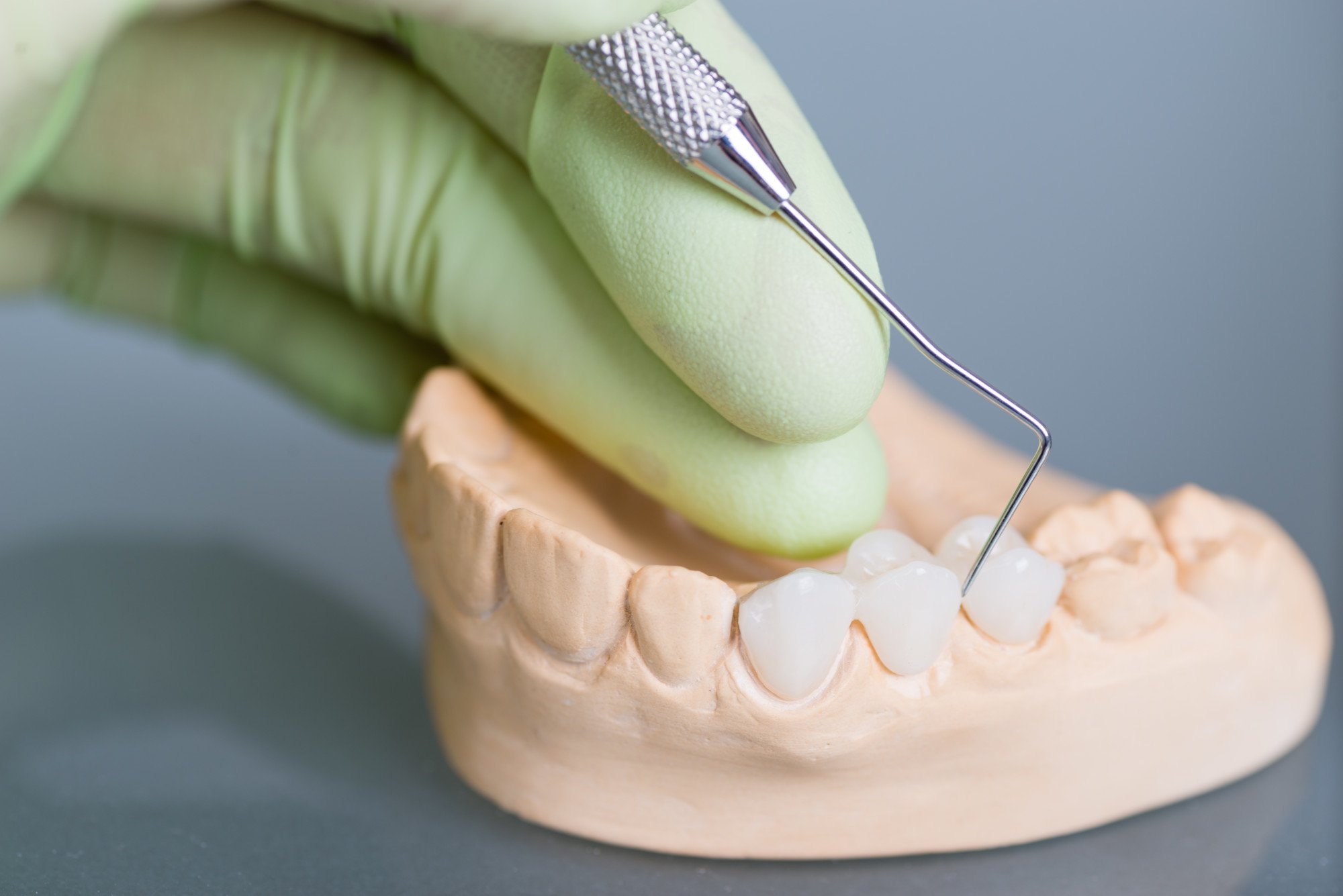
You must have heard that obsessive-compulsive disorder is all about quirky and whimsical behavior or a person’s constant need to be a neat freak.
However, obsessive-compulsive disorder, commonly abbreviated as OCD, goes beyond this. The two major symptoms of OCD are obsessiveness and compulsiveness. These two symptoms contribute to various problems that affect a person’s personal and professional life.
From vandalized relationships to poor focus at work/school, OCD tends to affect every aspect of one’s life.
But there are various types of OCD with different symptoms. Therefore, it is incredibly challenging for therapists to recognize and diagnose OCD. Let us look into the multiple types of OCD, their subtypes, and how it affects an individual’s life.
OCD Subtypes
Many specific symptoms tend to stabilize over time, but a person with OCD can experience various symptoms. This difference in symptoms is due to an OCD subtype.
For example, most symptoms that affect people with OCD are similar. But a few signs are only shown in relation to a subtype. Here are some of the most common subtypes of OCD.
- Contamination obsession
- Harm obsession
- Obsessions with compulsions
- Hoarding
- Ordering and symmetry obsession
- Relationship OCD
- False Memory OCD
- Magical Thinking OCD
Contamination & Cleaning
This subtype of OCD focuses on feelings of stress and discomfort associated with contamination, dirt, and germs.
A person with this subtype of OCD may repeatedly wash hands or keep everything clean to reduce feelings of distress. For example, if a person feels that their hands are dirty, they will wash them immediately.
But as soon as they touch a doorknob or any other surface, they worry that their hands have contracted germs. This will give them an instant urge to rewash their hands. The recurring thought of washing hands becomes an obsessive need that eventually becomes a compulsion.
Besides this, emotional contamination can also make OCD worse. Emotional contamination is a fear that everything around you is contaminated, and you shall avoid it at all costs.
For example, a person may think that a family member is contaminated. As a result, they’ll feel they cannot live in the same house. This explains how contamination and cleaning OCD can go way beyond being quirky and a neat freak.
Checking
A common type of OCD is constant checking. It happens because a person thinks something terrible will happen if they do not check.
For example, a person with a checking OCD ensures that the door is locked or the oven is switched off multiple times. This is because they fear that something terrible will happen if they do not make such changes.
But this subtype of OCD also affects their constant need to check up on other people. For example, people with OCD sometimes go out of their way to ensure their loved ones are safe.
But unfortunately, their compulsion can be obsessive, which can vandalize their connections.
Intrusive Thoughts & Ruminations
Rumination is constantly overthinking, while intrusive thoughts are unwanted and disturbing thoughts. Intrusive thoughts randomly pop into your head and may upset you.
For example, if a person is driving a car and they have an intrusive thought of driving fast into a wall. A compulsion may make them follow their intrusive thoughts.
Such types of OCD require close medical attention as intrusive thoughts are challenging to handle and can turn into obsessive thoughts.
Hoarding
Hoarding is a newly recognized subtype of OCD. Hoarding is the habit of collecting a specific type of item obsessively.
For example, a person with this type of OCD may start hoarding magazines, journals, and receipts to the extent that it will clutter their personal space, but they will be unwilling to throw the junk away.
Such people think it is impossible to live without hoarding an object of choice. They soon develop a fear of losing those items. This results in an unhealthy emotional attachment to things.
Such people experience more anxiety symptoms due to their constant need to check in on their hoarded items. In addition, they are unable to function properly without hoarding items. But compulsive hoarding also occurs independently of OCD.
Symmetry & Ordering
People with this subtype of OCD have powerful mental urges to rearrange items. Such people spend an excessive amount of time repositioning every object. The strong need to position and reposition everything often never ends.
A person cannot find “just the right position” for an item, resulting in constant discomfort and distress. This type of OCD also makes people say some words and sentences repeatedly.
They may even pre-plan how to accomplish a task to get it right. Therefore, the symmetry and order subtype of OCD does not only consist of ordering, arranging, or keeping things equal but also stretches beyond this spectrum.
It also consists of counting compulsions. Sometimes, the obsession gets so bad that it affects a person’s thought process.
For example, an individual will think that if I arrange all the shirts by order of color, my children won’t die in a car accident. Therefore, people with this subtype of OCD start associating potential dangers with their inability to arrange things.
Another significant problem people with symmetry OCD suffer from is keeping things equal.
For example, if a person with this OCD subtype taps a surface three times with their right hand, they will develop the compulsion to tap the same surface thrice with their left hand. An inability to follow this compulsion will result in distress and anxiety.
Treatment for OCD Subtypes
OCD is a chronic disorder affecting millions of people across the globe. But fortunately, the symptoms are manageable.
There are various treatment strategies for the subtypes of OCD. But choosing the course of treatment depends on the following factors.
- What has worked on you in the past
- Attitude towards medicines
- Motivation to undergo ERP
- Severity of symptoms
- Emotional stability
- Presence of co-occurring disorders
Once your therapist looks into these factors, they can devise a treatment strategy consisting of psychotherapy, behavioral therapy, and medications for long-term success.
Final Words
Obsessive-compulsive disorder is a broad-spectrum disorder with various subtypes. Moreover, this disorder is also characterized by many affiliated mental health conditions, which makes it challenging for therapists to diagnose a subtype.
However, if you notice the symptoms of any of the most common types of OCD, it is best to consult a professional mental health care provider to seek immediate therapy before intrusive thoughts develop into compulsions.





